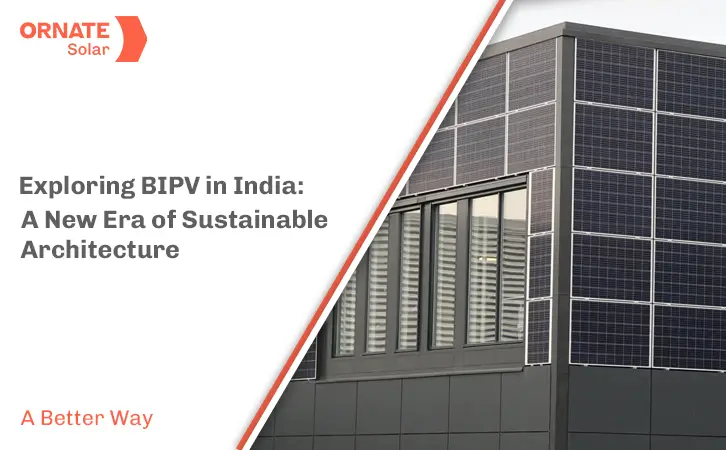

Building-integrated photovoltaics (BIPV) represents a significant advancement in the quest for sustainable and renewable energy solutions. By integrating photovoltaic systems directly into building structures, BIPV systems serve dual purposes: they generate renewable energy while simultaneously serving as building materials. In India, the adoption of BIPV is gaining momentum across various types of buildings, from commercial data centers to residential villas. This article delves into notable BIPV projects across the country, showcasing the diversity and technological innovation in this sector.
1. CTRLS Data Center, Mumbai
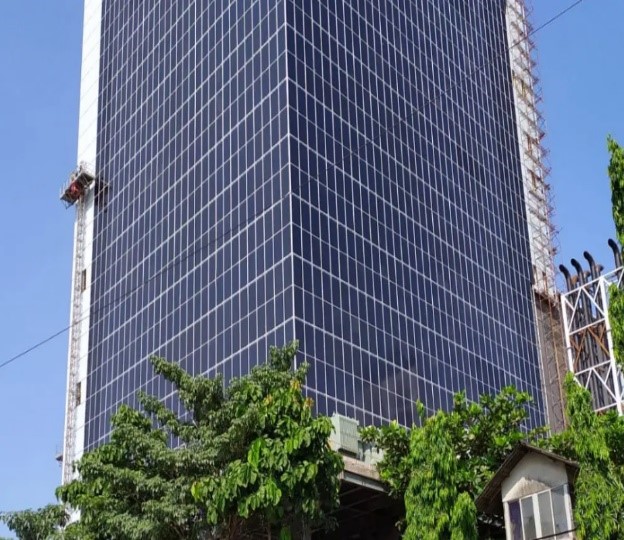
Location: Mumbai
Technological System: Rainscreen
Nominal Power: 863 kWp
Constructed By: U-Solar
Type of Building: Commercial
Panels Used: Mono c-Si frameless modules
Energy Production: 593,014 kWh/Year
Payback Period: 4.3 Years
Year of Construction: 2020
The CTRLS Datacenter in Maharashtra, renewed in 2020, features BIPV glazed modules on all four facades, covering 51,505 square feet. This installation, realized by U-Solar, is the largest vertical solar PV system in India, with a capacity of 863 kWp. The system utilizes mono c-Si PV frameless modules, resulting in an energy production of over 590 MWh per year, which exceeds initial expectations by 7%. Despite the high energy demand of the datacenter, the installation achieves a 100% self-consumption rate.
2. Rupa Renaissance, Mumbai
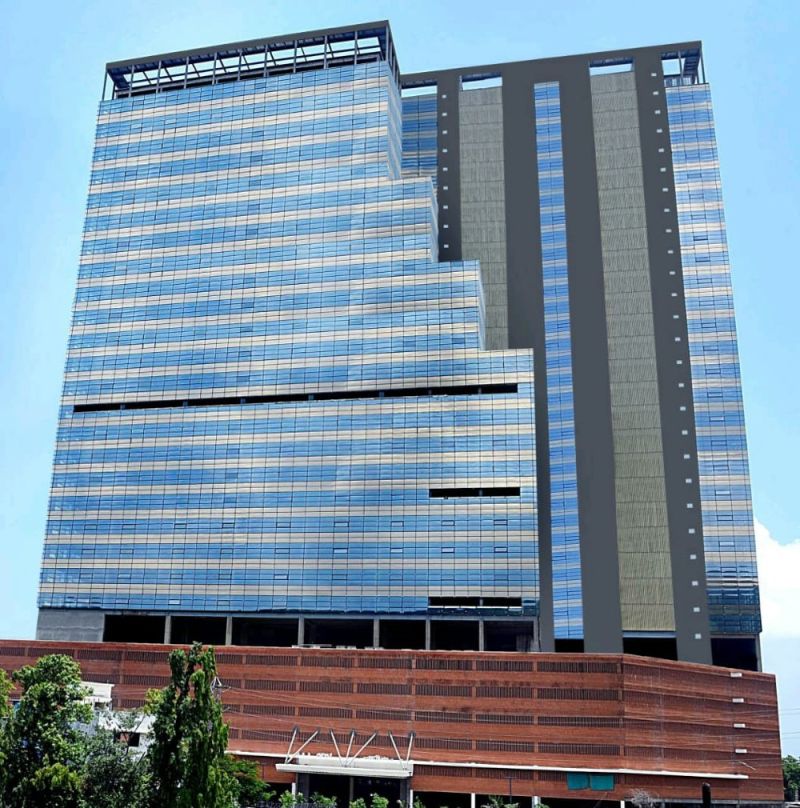
Location: Mumbai
Technological System: Canopy
Nominal Power: 300 kWp
Constructed By: Aelius Turbina
Type of Building: Commercial
Panels Used: Mono PERC cells
Energy Production: 405,000 kWh/Year
Payback Period: 3 Years
Year of Construction: 2021
At Rupa Renaissance in Mumbai, a 300 kW solar plant was installed using Mono PERC cells, which offer 21.2% efficiency. This rooftop installation not only generates substantial energy but also integrates seamlessly with the building’s design, providing additional benefits like savings on metal roofing and mounting structures. The system, which produces 405,000 kWh annually, demonstrates the potential of BIPV to deliver high energy yields and cost savings.
3. Festo Building, Noida

Location: Noida
Nominal Power: 180 kWp
Constructed By: Tata Power Solar
Type of Building: Commercial
Panels Used: 1280M Tata Power Solar – 80 Wp
Energy Production: 17,000 kWh/Year
Year of Construction: 2011
In 2011, the Festo administrative building in Noida incorporated a 180 kWp solar shading device by Tata Power Solar. This multifunctional installation protects the building from overheating and direct solar radiation while generating about 17,000 kWh of renewable electricity annually. It also helps avoid 1.3 tonnes of CO2 emissions each year. The south-oriented system, mounted on a stainless-steel structure, maximizes energy production, reduces cooling energy demand, and enhances user comfort.
4. Institute of Maritime Studies, Pune
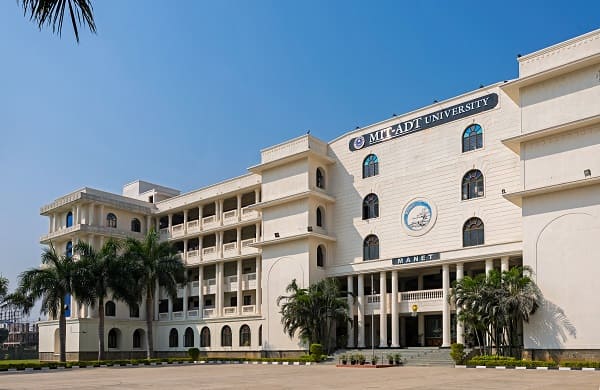
Location: Pune
Technological System: Facade
Nominal Power: 100 kWp
Type of Building: Educational
Panels Used: Translucent and opaque facades
Year of Construction: 2007
The Institute of Maritime Studies in Pune, established in 2007, is one of India’s early adopters of BIPV technology. This educational institution benefits from an integrated solar power system that aligns with its mission of sustainability and energy efficiency. The implementation of BIPV at this institute underscores the role of educational buildings in leading by example in the adoption of renewable energy technologies.
5. Malabar HQ, Kozhikode
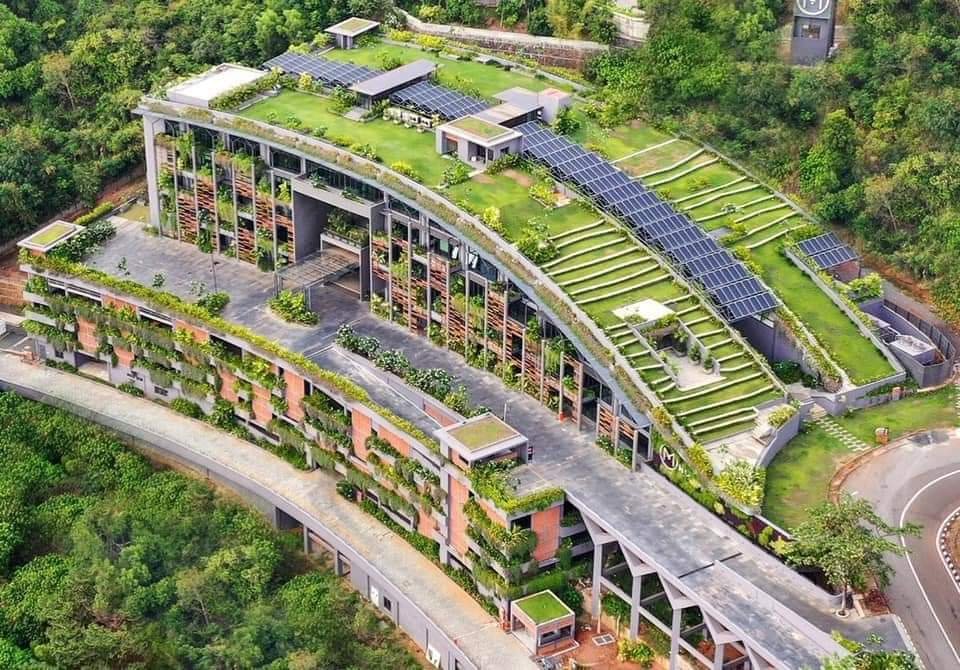
Location: Kozhikode
Technological System: Canopy
Nominal Power: 60 kWp
Type of Building: Administrative
Panels Used: Semi-transparent glass/glass modules (PERC, bifacial modules)
Energy Production: 89,060 kWh/Year
Year of Construction: 2019
The project constituted of more than 180 highest quality PERC solar panels installed as canopy over the building. The solar power plant installed at the site helps to produce about 89,000 kWh per year and thus annually saving around Rs 7,12,480. The solar power plant helps to reduce around 44 tons of carbon dioxide and helps to save around 2,013 trees. The installation of the solar power plant required a completion time of two weeks.
6. Atal Akshaya Urja Bhavan, New Delhi
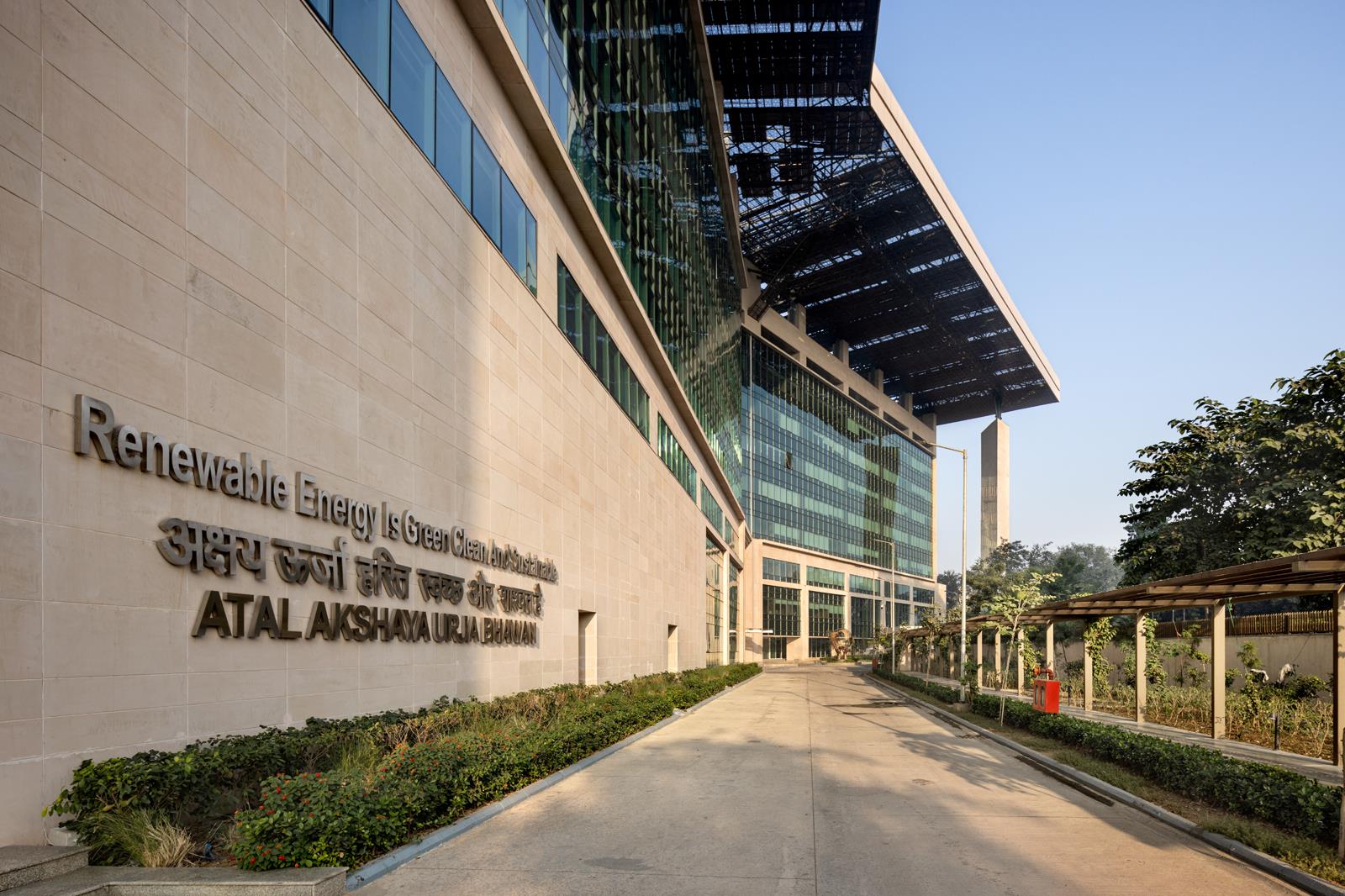
Location: Delhi
Technological System: BIPV facade and roof
Nominal Power: 47 kWp
Type of Building: Office
Year of Construction: 2016
Atal Akshaya Urja Bhavan in New Delhi, completed in 2020, incorporates BIPV technology as part of its sustainable design. This government building serves as a model for integrating renewable energy solutions in public infrastructure. The BIPV system here not only reduces the building’s carbon footprint but also enhances its energy independence, illustrating the potential for BIPV to transform public sector buildings into green, energy-efficient landmarks.
7. Residential Building, Idukki, Kerala
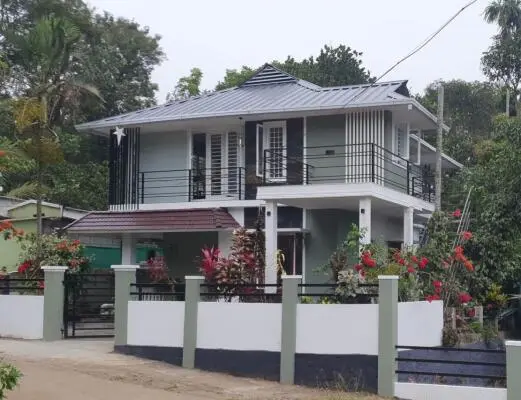
Location: Idukki, Kerala
Technological System: Canopy
Nominal Power: 18 kWp
Constructed By: Aurial Solar, Greentech
Type of Building: Residential
Energy Production: 23,725 kWh/Year
Year of Construction: 2021
This residential project in Idukki, Kerala, demonstrates the applicability of BIPV systems in residential buildings, using a canopy system to produce significant energy for household use.
8. Ponnore Group (Aqua Star), Kerala
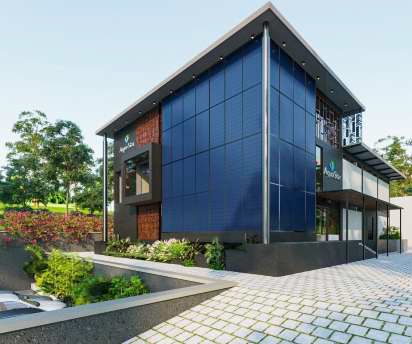
Location: Kerala
Technological System: Curtain Wall
Nominal Power: 12.2 kWp
Type of Building: Administrative
Panels Used: Mono PERC double glass semi-transparent BIPV facade
Energy Production: 17,000 kWh/Year
Payback Period: 4.3 Years
Year of Construction: 2020
This administrative building is covered with high efficiency mono PERC double glass semi-transparent BIPV facade facing the south and west orientation. The solar power plant transforms the Ponnore Group Construction in a low energy building. Indeed, the energy production, estimated in about 17,000 kWh/yr, generates 50% of the energy requirement of the building. Considering the high yearly solar horizontal irradiation of the location (about 2,000 kWh/m2/yr) and according with the calculation of the facade manufacturer, the payback time of the investment in the solar power plant is only 4.3 years by including a 40% tax depreciation.
9. Desai Brothers Ltd, Sahakarnagar
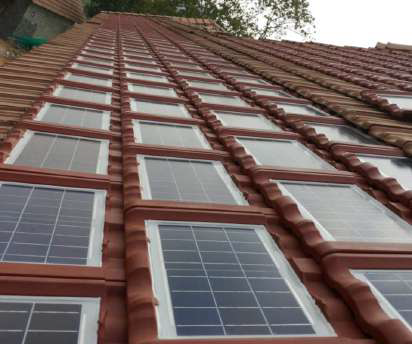
Location: Sahakarnagar
Technological System: Discontinuous Roof
Nominal Power: 5 kWp
Type of Building: Commercial
Panels Used: BIPV Roof Tiles
Energy Production: 6,300 kWh/Year
Payback Period: 5-6 Years
Year of Construction: 2019
This administrative building is covered with high-efficiency mono PERC double glass semi-transparent BIPV facade facing the south and west orientation. The solar power plant transforms the Ponnore Group Construction in a low-energy building. Indeed, the energy production, estimated in about 17,000 kWh/yr, generates 50% of the energy requirement of the building. Considering the high yearly solar horizontal irradiation of the location (about 2,000 kWh/m2/yr) and according with the calculation of the facade manufacturer, the payback time of the investment in the solar power plant is only 4.3 years by including a 40% tax depreciation.
10. Sierra E-Facility HQ, Coimbatore
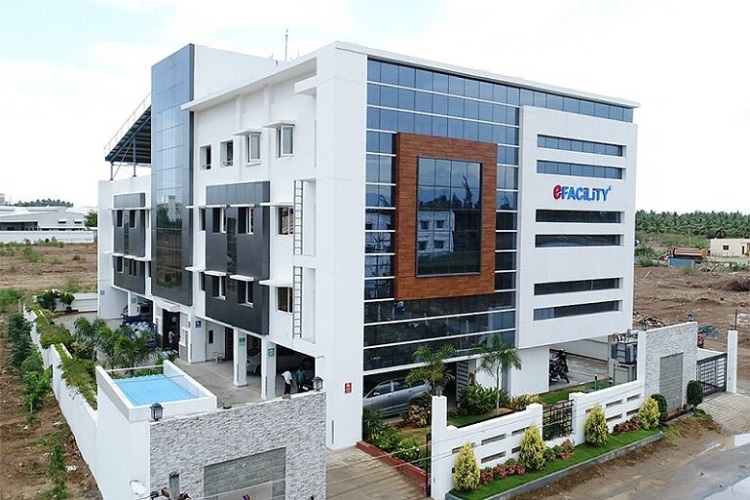
Location: Coimbatore
Technological System: Curtain Wall
Nominal Power: 4.3 kWp
Type of Building: Commercial
Panels Used: Transparent glass modules
Energy Production: 1,476 kWh/Year
Payback Period: <16 Years
Year of Construction: 2018
The facade of the building in Coimbatore is fitted with amorphous silicon BIPV modules that produce solar power energy in conditions of low light. The curtain wall facade combines transparent photovoltaic glass with conventional glass, achieving an aesthetic and functional result. Has been calculated that the yearly energy production is about 1,200 kWh. The PV glazing solution is a laminated safety glass with modules used in standard size (4.1×6.1ft2) with medium transparency. The solar capacity of the building has been completed with further PV installation on the roof. The Sierra E-Facility uses environmentally friendly building materials and high-performance glass. It scored 103 points in the LEED-NC rating system.
Conclusion
The adoption of BIPV systems in India is on the rise, driven by the need for sustainable and renewable energy solutions. These projects, spanning commercial, educational, administrative, and residential buildings, illustrate the versatility and efficiency of BIPV technology. As more buildings integrate these systems, India moves closer to a greener and more energy-efficient future.
About Ornate Solar
Ornate Solar is a leading solar company with 10 years of experience in the industry and the mission to reimagine the way solar is installed worldwide.
By not only partnering with the best-in-class solar brands but also developing our high-quality solutions, (panels, solar inverter, accessories, InRoof), we develop and deliver solutions that are modern, reliable, and effective.
If you are looking for high-quality solar solutions, reach out to us at 1800 2026 252 to discuss your options.


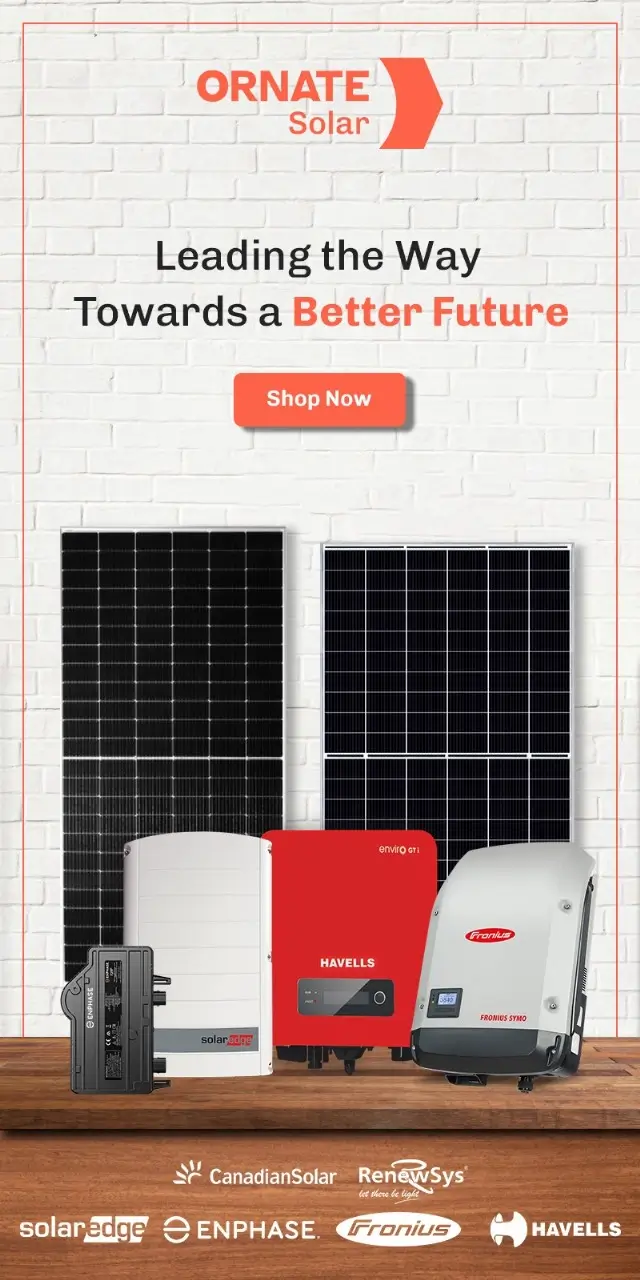
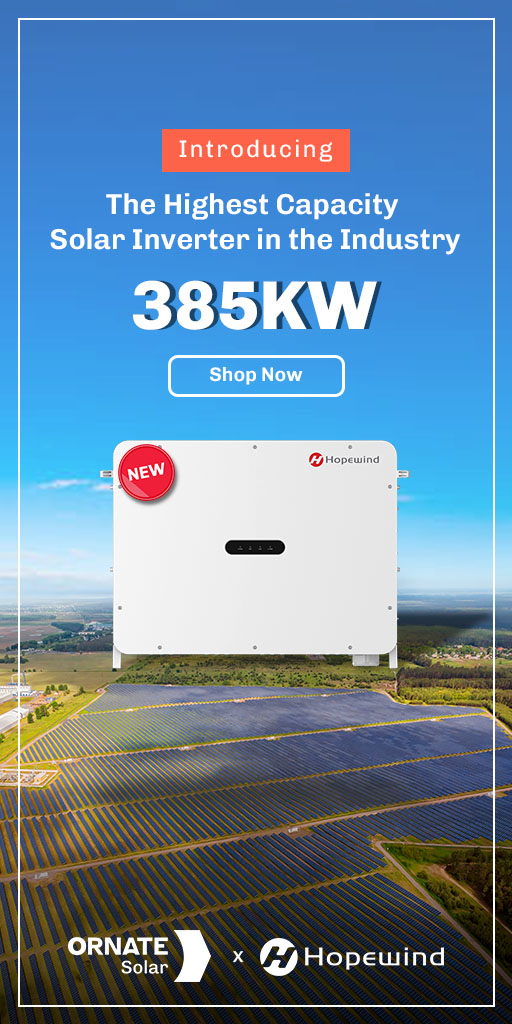
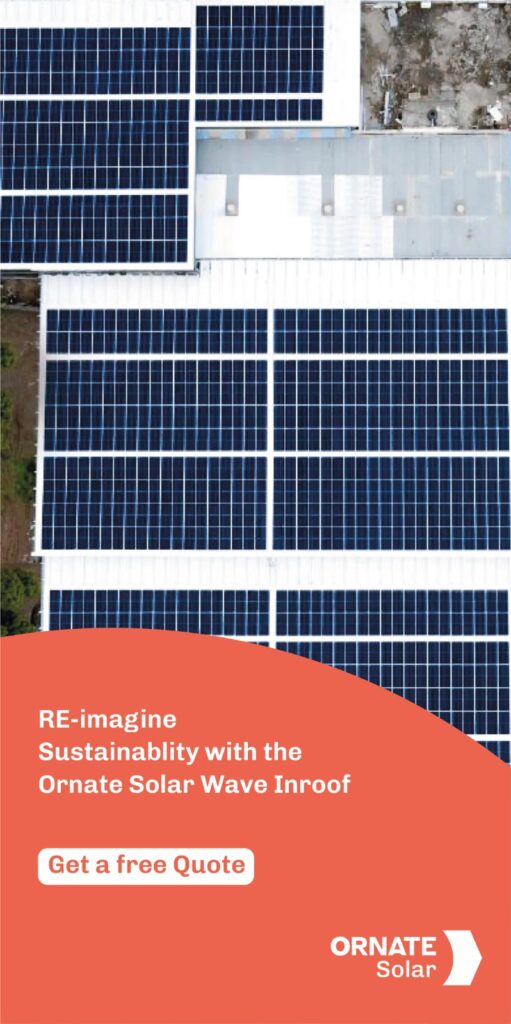


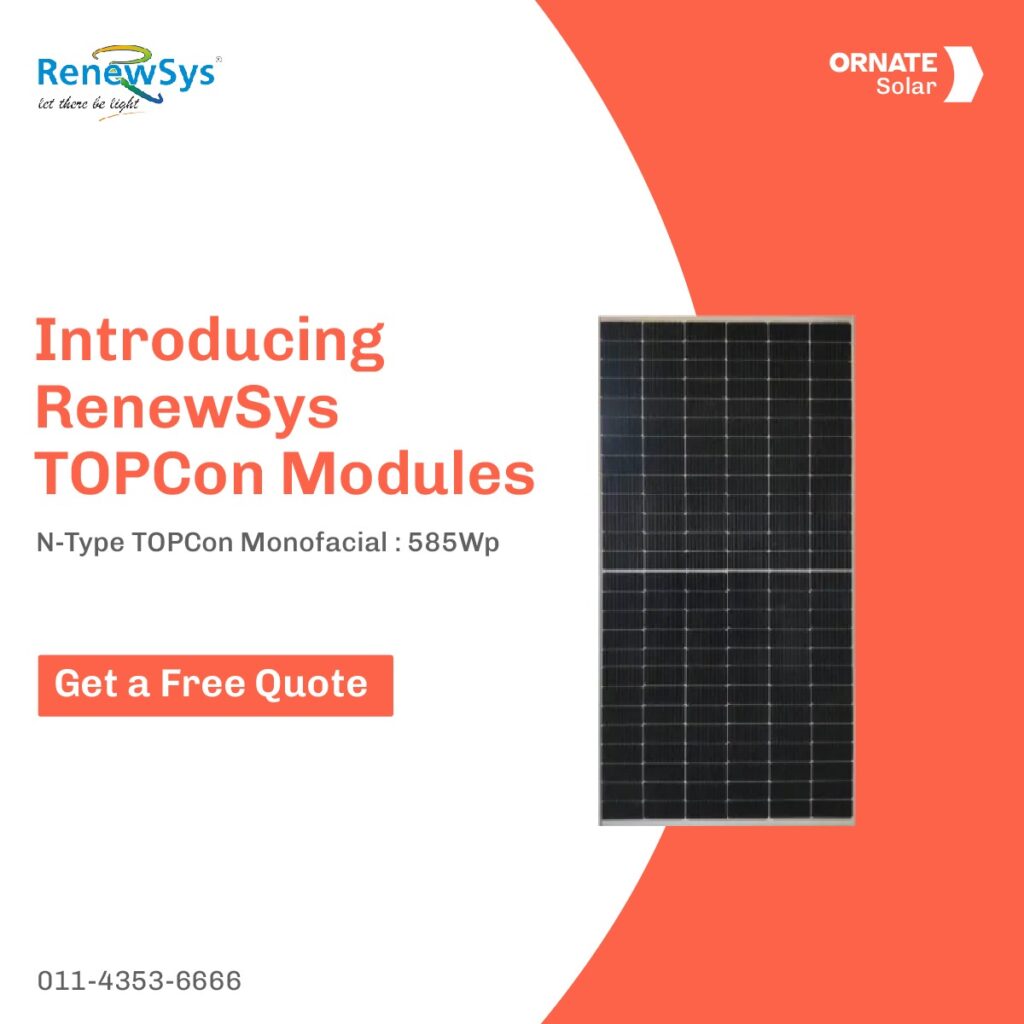




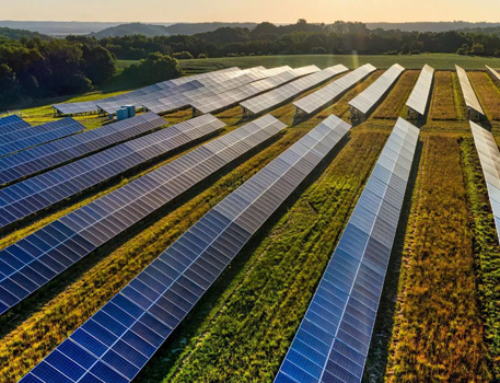
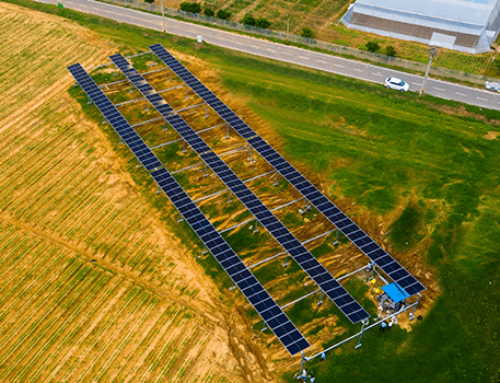
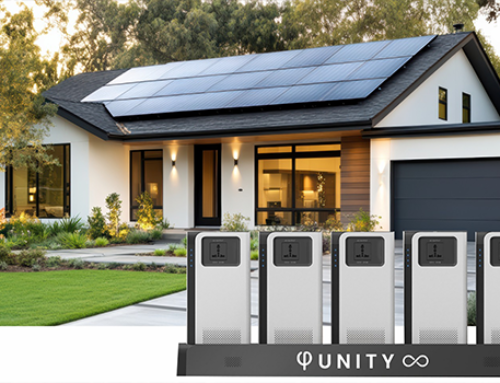
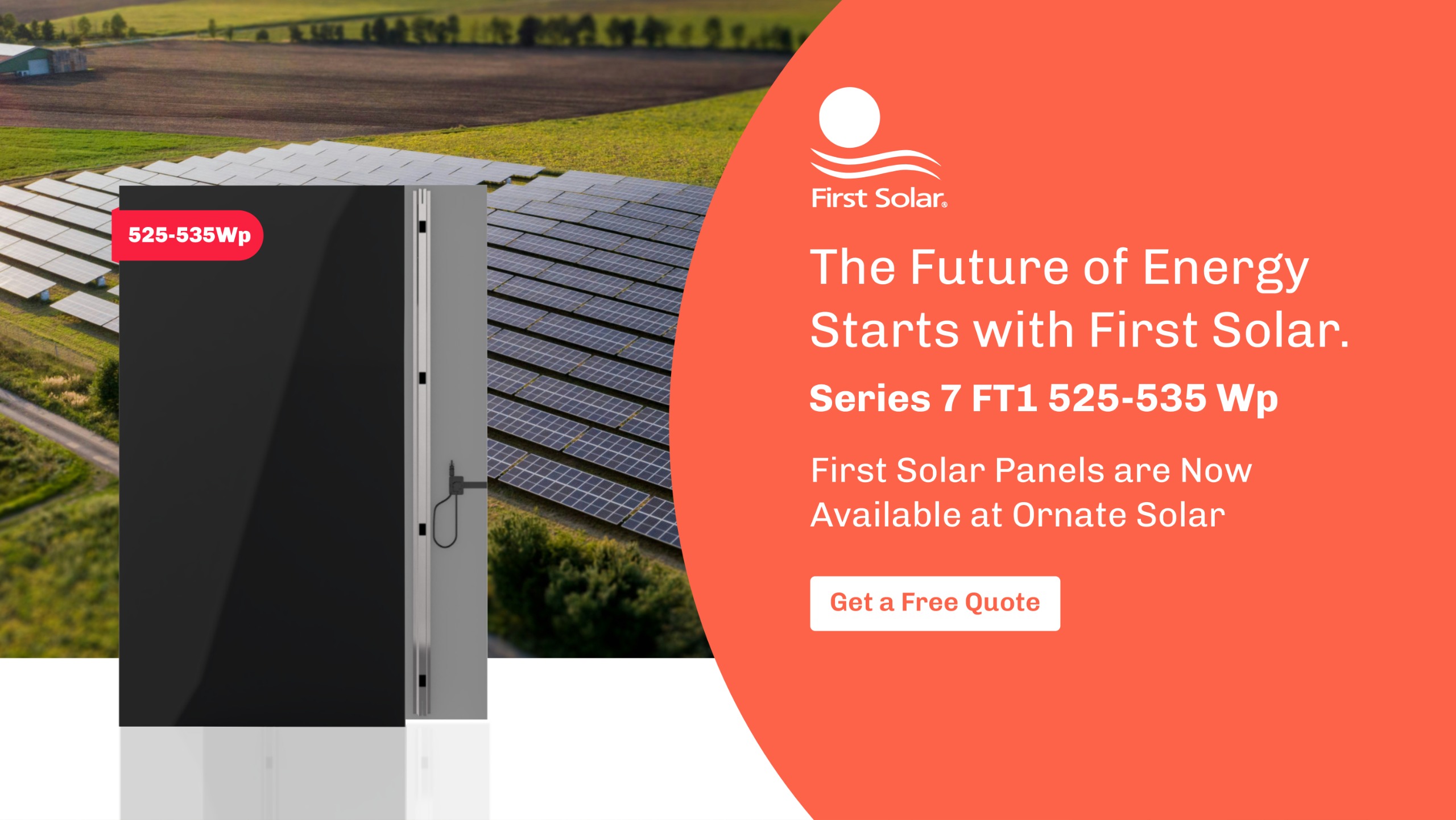
“Fantastic read on the potential of BIPV in India! Your insights into how this technology can revolutionize sustainable architecture are truly enlightening. Thanks for shedding light on such an important topic!”